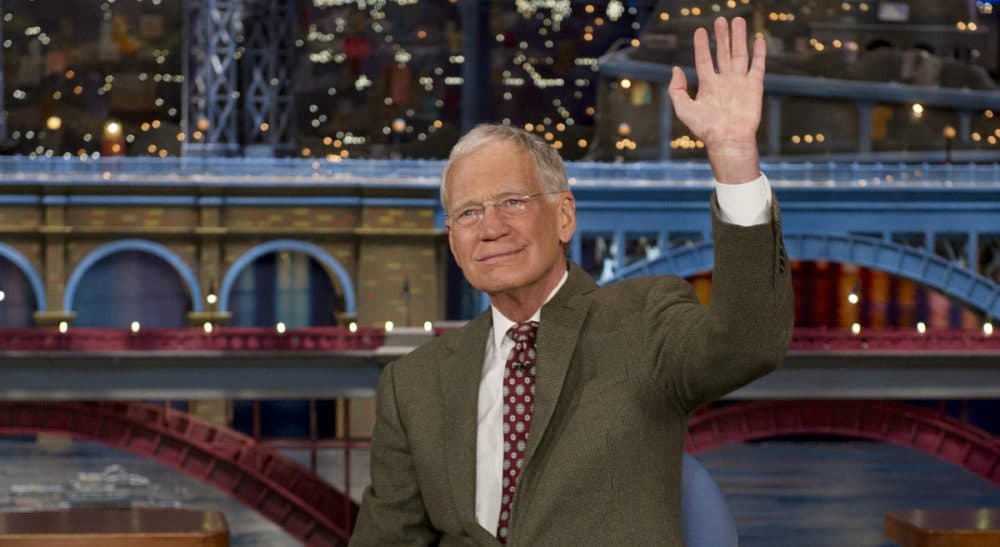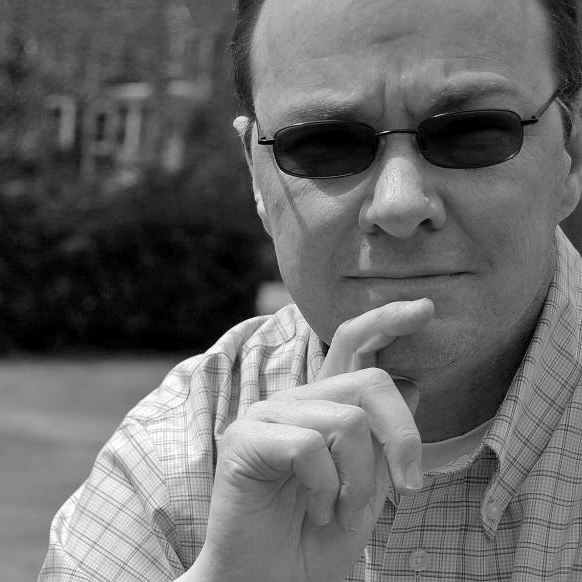Advertisement
The Number One Reason I Will Miss David Letterman

David Letterman has announced he will retire in 2015, ending nearly 35 years of late night comic brilliance. Though he was rarely a ratings champ, it’s safe to say that Letterman changed television and, I’d even go so far as to say, society itself. From the comical posturing of Stephen Colbert on Comedy Central and the shtick of just about every other late night show host, to all those water cooler wise guys who drop obtuse punch lines on their coworkers with a knowing wink, the influence of Letterman is everywhere in our culture.
While Letterman will be remembered for many innovations, an iconic part of his program, be it on NBC or CBS, has been the nightly Top Ten. The list is a construct of comic perfection, making the most of timing, repeated build up and release, and malleable enough to take on any topic. It’s ten punch lines for the price of one setup. The Babe Ruth of late-night bits.
Serious lists had become popular in the decades before Letterman took to the air, primarily in the presentation on radio and television of the week’s top-selling songs. Letterman’s Top Ten began in September 1985, when he hosted “Late Night” on NBC. The best source for the history behind the segment is an August 27, 1990 People magazine article by Tom Gliatto. (Ironically, some credit Letterman’s disdain for the magazine’s endless lists as the initial seed for his desire to somehow satirize the format.) The first list was, “Top 10 Things That Almost Rhyme with Peas.” Longtime Letterman writer Steve O’Donnell told Gliatto that the list nearly died just a few months after its debut. However, its unflagging popularity has helped it hang in there for nearly three decades.
Theories about what makes something funny abound, dating back to ancient Greece. However, as the authors of the new book “The Humor Code” note, not even the professional academics of the International Society for Humor Studies (who put out scholarly treatises like “Fartspotting: Reflections on ‘High Seriousness’ and Poetic Passings of Wind”) have been able to settle the question as to what makes something funny. Plato and Aristotle thought humor was caused by simply observing the misfortunes of others — seeing Crito trip over his toga, for instance. For centuries, other theories came and went; even Freud took a stab at it in 1905’s “Jokes and their Relation to the Unconscious.” And there’s also the oft-repeated line, “Comedy is tragedy plus time,” attributed to everyone from Twain to Carol Burnett.

The best working definition for humor that I’ve found comes from a paper by Moniek Buijzen and Patti M. Valkenburg of the University of Amsterdam. Drawing on Boston native Arthur Asa Berger’s research of decades earlier, as well as others, the pair defines three types of humor. The most relevant to Letterman’s Top Ten is called “incongruity theory,” where people laugh at things that are unexpected or surprising. “Absurdity, nonsense and surprise are vital themes in humor covered by this theory,” the authors write.
That statement contains the key elements of all of Letterman’s humor. Beginning with his short-lived morning show in 1980 right through today, the comedy of the late night master has always turned on the crazily unexpected, be it walk-ons by Larry “Bud” Melman, the steamrolling of bizarre items, Chris Elliott starring as “The Guy Under the Seats,” Letterman working at a fast food drive-up window or the non-sequitur comebacks the host occasionally tosses at his guests. These are things that other shows just didn’t do.
Letterman’s Top Ten may just be the one of the great Wonders of the World. For this more than anything, we’ll miss Dave after he heads off into TV history.
The Top Ten is the quintessence of Letterman’s anti-television ethic, embracing the satirical, parodic and incongruent. It posits a mostly serious question and then delivers a series of answers that lampoon not only the subject at hand, but our own perceptions of that subject and the top-ten format itself. In the past, to be included on any “top” list was an achievement. Letterman’s Top Ten never champions the laureates of our society; its specialty is only-in-America-type of characters who have become automatic punch lines, like Donald Trump or Joey Buttafuoco. The list is the perfect vehicle for ridiculing the serious, such as the Obamacare’s website disasters, to the most ludicrous aspects of our Kardashian culture.
In short, what the syllogism was to ancient philosophers, the Top Ten List is to us. It’s a postmodern masterpiece that’s as funny today as it was 30 years ago and in 2525 would still be capable of producing belly laughs. It’s as classic as “Who’s on First?” “Say the secret word” and “Carnac the Magnificent.” After Letterman announced his retirement, Jimmy Fallon, the new host of NBC’s “Tonight Show,” saluted him with none other than a Top Ten, proving it’s an all-purpose vehicle for any occasion when humor is needed.
Letterman’s Top Ten may just be the one of the great Wonders of the World. For this more than anything, we’ll miss Dave after he heads off into TV history.
Related:
